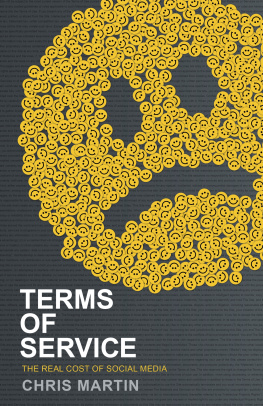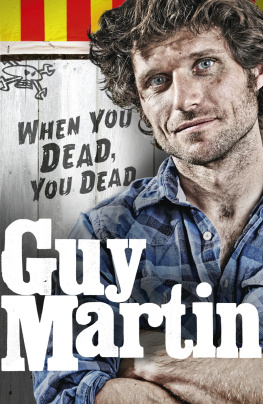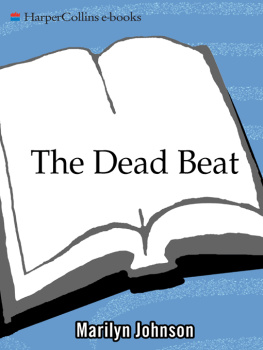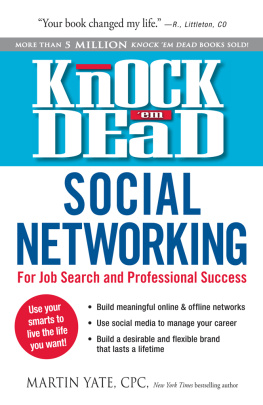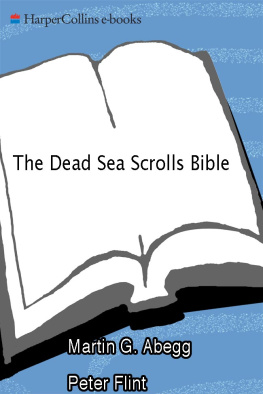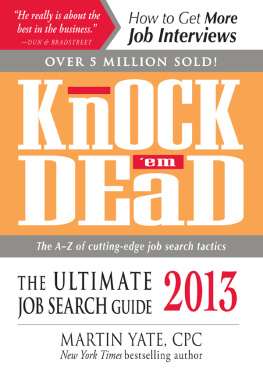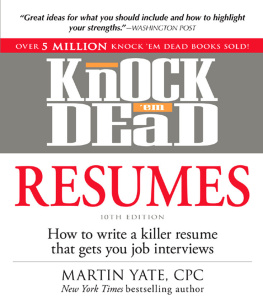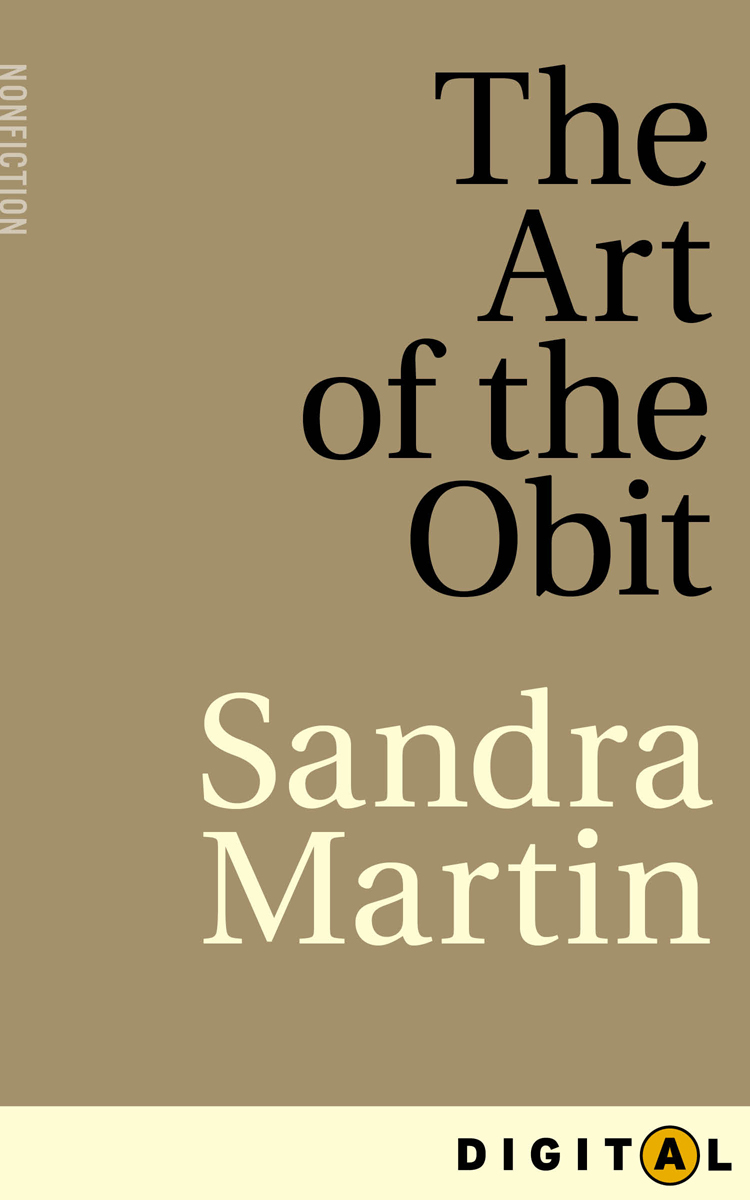Introduction
Five Myths about the Dead Beat
Some of you may think that writing obituaries is an odd perhaps even whacky occupation for an able-bodied journalist. After all, I could be chasing fires, sniffing out political sleaze, or even waxing editorial about the state of the nation. I used to feel that way too, I confess, until I changed sides from writing about the living to documenting the dead.
Ive now grown accustomed to the arched eyebrow, the flash of revulsion, the involuntary step backwards, and the exclamation But thats so morbid when I tell people what I do for a living. Ive ignored cracks about the Siberia of journalism, pointed queries about whos on your slab today, and the oh-so-clever jokes: Hows life on the dead beat? or Whats happening in Gods anteroom? As for the real killer metaphorically speaking Why would you want to write about dead people? Theyre finished, Ive smiled mordantly and murmured, Ill keep that in mind if I write your obituary.
Most journalists have a beat crime, fashion, arts, health, business, politics. Obituaries encompass all those areas and more, because all kind of characters, from scientists to visual artists, politicians to rock stars, come under my scrutiny eventually. My tenure as the Globe and Mail s chief obituary writer has taught me that writing obituaries is the most interesting and often the most terrifying job at any newspaper.
Aside from learning something new every day, which is the spur driving most journalists to get out of bed in the morning, the dead beat has another decided advantage: you never repeat yourself. Literally. That is one of the aspects that appealed to me about obituaries after several years in the arts section writing about books and authors. On the obituaries desk there is no next year, no next book, no next achievement, no new angle. Getting it right, therefore, is daunting, especially given the urgency of the 24/7 news cycle.
When I started on the dead beat, editors wanted the definitive obituary in the next mornings paper, even if the gap between my subjects last breath and the deadline to send the page to the printers was ludicrously short. Too bad if a worthy Canadian had the bad luck to die late in the day, or at the same moment when a world leader succumbed to a heart attack or a rock star injected a fatal overdose. A few lines below the fold, cobbled together from a wire service, was probably the best the poor departeds family could expect to read through their tears at breakfast the next morning. Whatever could be scrabbled together became the final word.
Consequently, the whiff of death catapulted reporters into default mode. They would hit the phones, gathering quotes like black bunting from anybody and everybody willing to comment. Often these reaction pieces told you a lot about friends and family members of the deceased but offered little concrete or coherent information about the subject.
Now it is more likely that a news story announcing the death of a significant person will break on the Web and the obituary will follow at a pace that sometimes seems too leisurely, even to me. They are still dead is the crude but accurate rationalization for scheduling major obituaries as the big read for Saturday, since weekend circulation figures generally dwarf the number of weekday subscribers.
Having more time to research and think about a life although the more important the person, the faster inevitably the required turnaround is a windfall of the Web is for news, the paper is for analysis syndrome. The combination of the news flash on the Web with the promise of a full obituary to follow in the paper allows for more thoughtful and accurate obituaries, the kind that people want to clip and preserve for second and even third readings. That is one of the continuing pleasures of printed obituaries.
Thats one of the reasons why I wrote Great Canadian Lives: A Cultural History of Modern Canada Through the Art of the Obit , which House of Anansi originally published in hardcover under the title Working the Dead Beat in 2012. I wanted to produce a second draft of the lives of fifty Canadians who died in the first decade of this century. Some of them I had written amid a blur of phone calls and Internet searches; some I didnt write about at all because they died before my time as an obituary writer or when I was away or on other assignments. I call my biographical portraits lives because they dont adhere to the rigid deadlines and format constraints of the traditional newspaper obituary. They are a bit more expansive, a bit more personal, and a bit more reflective.
Although the subjects in my book all died between 2000 and 2010, their lives span the twentieth century: a hundred years in which bloody wars were fought; men landed on the moon; and women won the vote, acquired the means to control their fertility, and found leadership roles outside the home. The oldest person, Ralph Lung Kee Lee, is one of the least known. Born in 1900, he sailed to Canada with two younger cousins when he was twelve, all of them wearing identifying tags around their necks. His life is a heartbreaking tale of hard physical labour, loneliness, and alienation from his family because of both the head tax that Chinese immigrants had to pay to enter this country after the completion of the transcontinental railway and the 1923 Exclusion Act, which barred their families back in China from joining them. He lived long enough to climb aboard the redress train for the trip to Ottawa in June 2006 and to sit in the visitors gallery of the House of Commons and listen to Prime Minister Stephen Harper apologize for the racist policies that separated families and caused such hardship for the Chinese who came here to work on the railway and help build this country.
Born five years after Lee, Mabel Grosvenor was the last grandchild of Alexander Graham Bell, the inventor of the telephone and helpmate to the deaf and mute. She was born at his summer estate in Baddeck, Nova Scotia, and as a very small child witnessed his pioneering attempts at manned flight in 1907. The daughter of the globe-trotting photojournalist Gilbert Grosvenor of National Geographic magazine, she was one of the first women to graduate in medicine from Johns Hopkins University in an era when women had families or careers, but rarely both. During her long life, which ended where it had begun in Baddeck, she embraced electricity, the telephone, cars, airplanes, female suffrage, television, and space exploration everything but the computer, which she resolutely resisted.
Almost everybody in this country, or their ancestors, came here from somewhere else. Let me mention in passing Dora de Pdery-Hunt, the Hungarian sculptor who created the image of the Queen on the coins jangling in your purse; Jane Jacobs, the American writer and urban activist, who brought her family to Toronto to evade the voracious draft during the Vietnam War and changed the face and the attitude of Toronto; and Rudolf Vrba, the Czech Jew who escaped Auschwitz and raised the alarm about what was really happening to the trainloads of Hungarians who were transported to safety late in World War II. He probably saved 150,000 lives. Later he immigrated to Canada and became a distinguished biochemist at the University of British Columbia, but he never got over his bitterness that the Allies didnt act sooner on his warning sooner and save even more people.
Two of the youngest people I wrote about are Donald Marshall Jr., the proud Mikmaq from Nova Scotia who was wrongly accused, convicted, and imprisoned for a murder he didnt commit, and Lindalee Tracey, the award-winning writer and filmmaker who first made headlines as the young stripper in the National Film Board film Not a Love Story .


